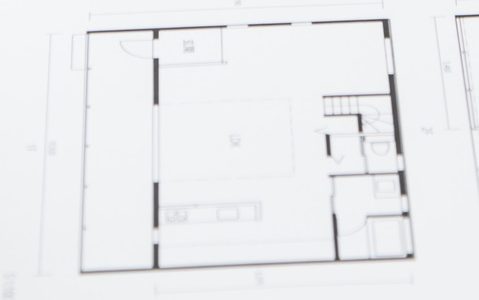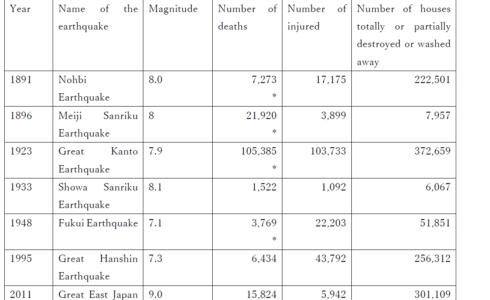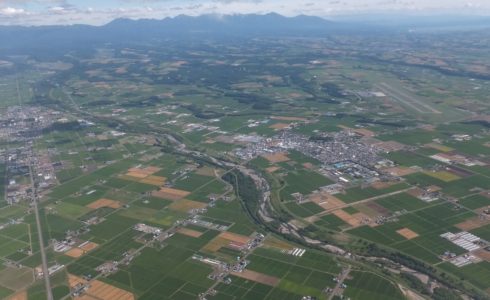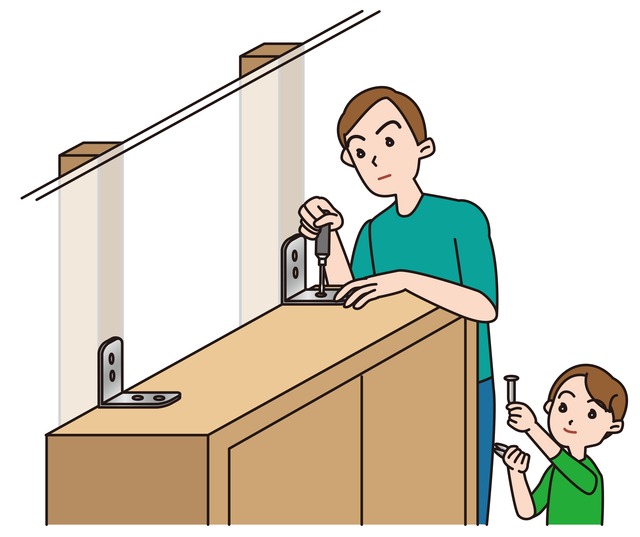
Furniture turns into a dangerous killer
One of the best things you can do to ensure your safety in the event of an earthquake is to take support from the wall to secure tall furniture so that it does not fall over and TV sets do not fly off in the event of a major earthquake.
According to the experiences of people who experienced the Great Hanshin Earthquake of 1995 at the Tokyu Hotel in Sannomiya, Kobe, where they were staying, when the quake struck at 5.46am, they were lifted out of bed and knocked to the floor, causing minor injuries; objects such as televisions flew many metres; bathroom mirrors and the windows in the hotel lobby were shattered and scattered with debris. This shows that in a strong earthquake, unsecured, collapsible and breakable objects can become dangerous killers.
This video is a recording of the Great East Japan Earthquake of 2011 and is intended to give you an idea of how furniture can fall over. It shows how furniture will shake when it is far away from the epicentre of the earthquake, when it is closer to the epicentre there will be stronger vertical and horizontal shaking.
The way in which the furniture is fixed depends on whether the building is made of wood, steel or reinforced concrete. In the case of wooden buildings, there is a wooden framework in the walls at regular intervals, which can be screwed into place. In the case of steel or reinforced concrete construction, screws can be driven into the framework of the wall if it has a light steel or wooden frame. In the picture below, a light-weight steel frame is used to fix furniture in a reinforced concrete apartment building, which was renovated with the aim of adding insulation.
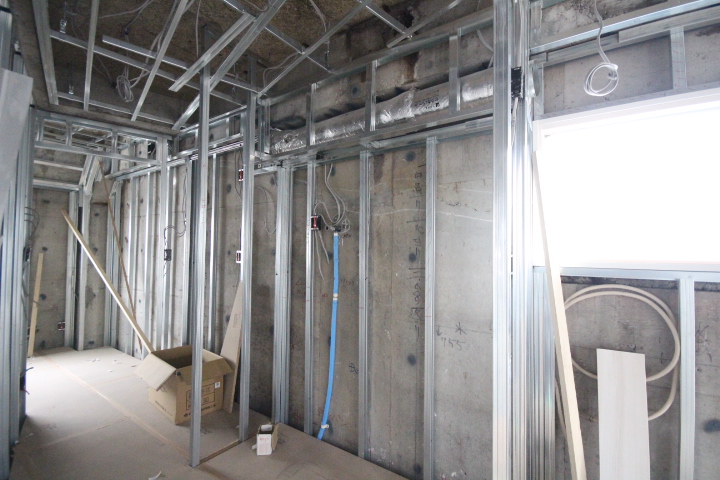
In the photo below, a refrigerator is screwed to the wall to prevent it from falling down during an earthquake. (The landlord agreed to the screws at the time of signing the lease.) Since we can’t screw the fridge, we fixed a wooden board to the fridge with double-sided tape to fix the fridge to the wall.
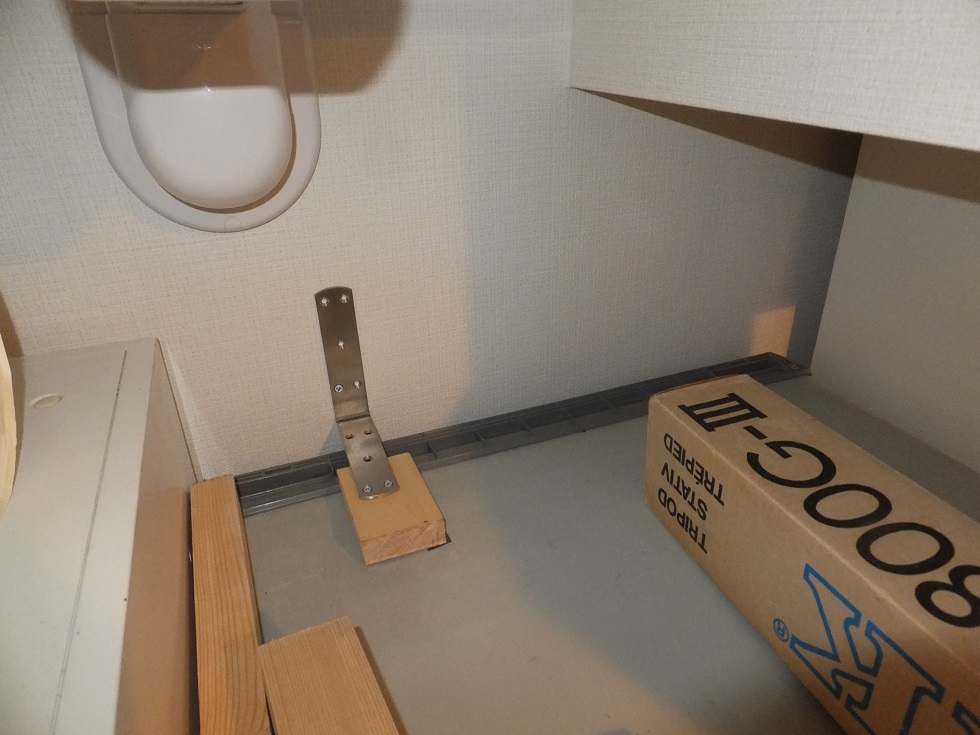
If there is a small distance between the furniture and the wall, you can use a belt-type fixing device. In the picture below, the wall has been pre-strengthened with veneer, so you can screw in any position you like.
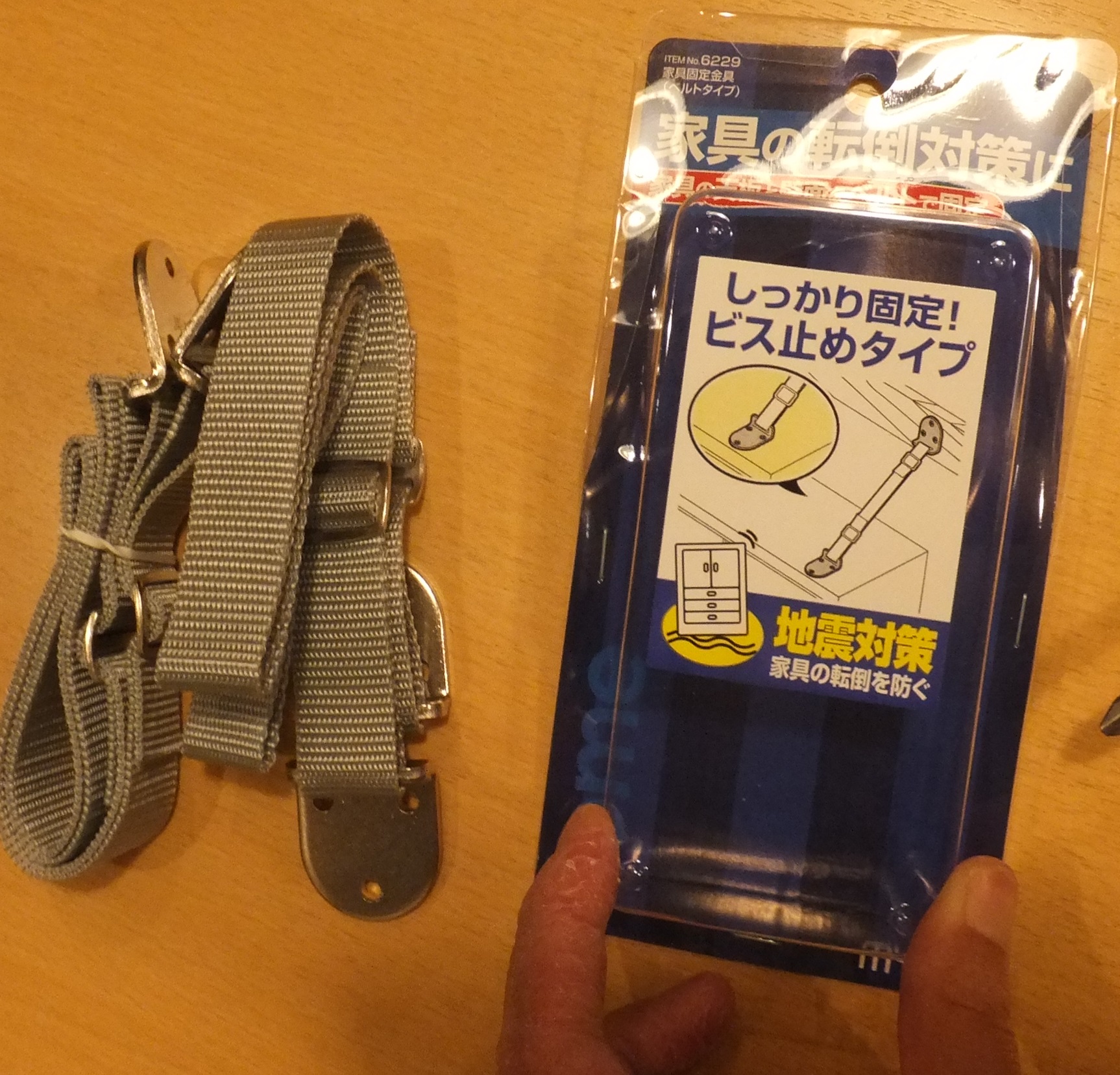
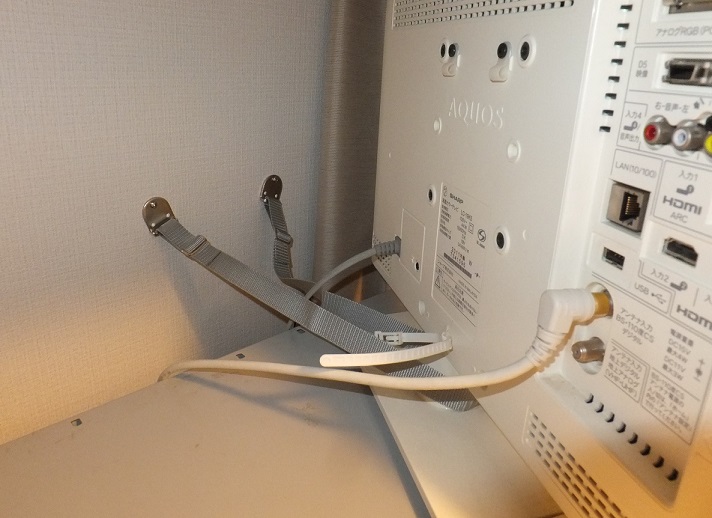
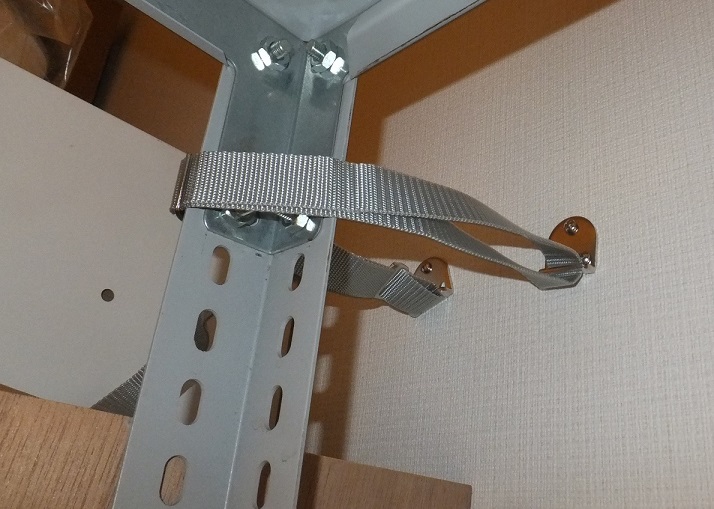
One way to find out if there is any framework in the walls of your room is to use a ‘detector’ like the one pictured below. If there is metal in the wall, the magnet will stick to the wall, if there is a wooden frame, the needle will get stuck. (There is also the possibility of sticking the needle into pipes or wiring, so be careful.)

In reinforced concrete flats, plasterboard may be glued to the concrete walls and beams on the outside and between neighbouring units, or the concrete surface may be smoothed with mortar and then covered with vinyl cloth. In such cases, where there is no light steel or wooden frame, it is not possible to fix screws to the frame, so other options must be devised, such as propping boards against the ceiling. In the picture below, the boards are propped up against the top of the cupboard and the underside of the beam just above it, to prevent it from falling over in the event of an earthquake.
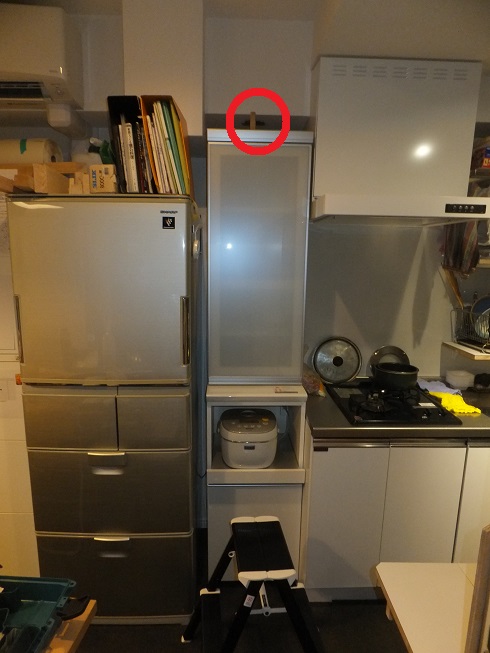
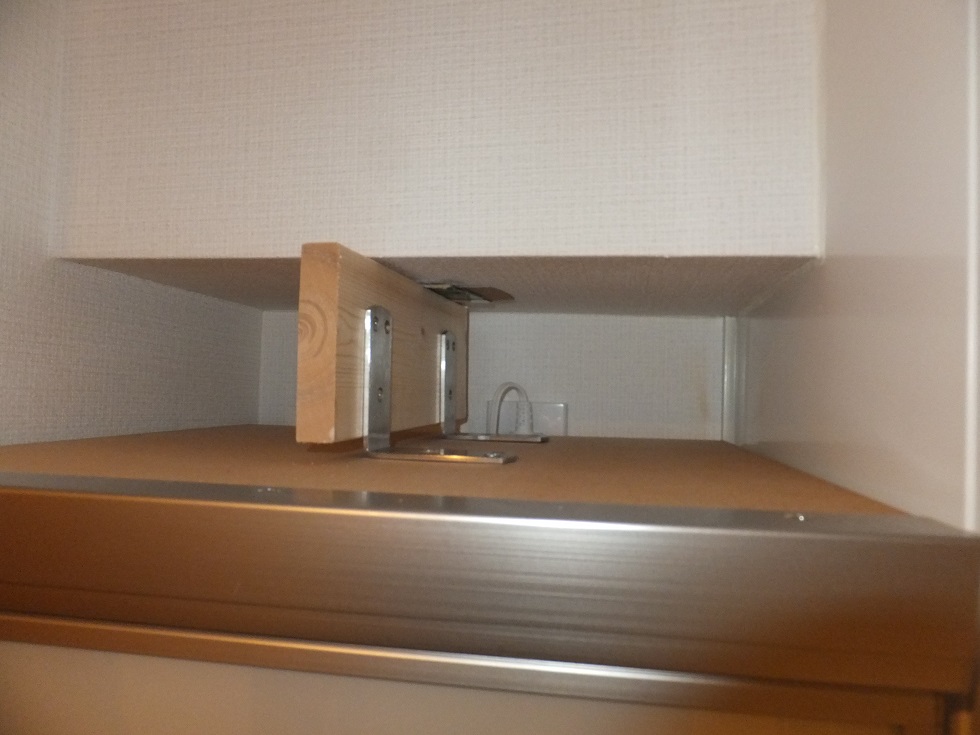
If it is not possible to secure the furniture, for example because there is no base to the wall, it is safer not to place it in a position where it could fall against the place where you and your family sleep or where the child spends most of their time.
In addition to securing your furniture, it is useful to
(1) Keep a flashlight and socks, preferably shoes, near where you sleep. The reason for this is that in the event of a major earthquake, the electricity may go out and you may be injured by walking barefoot on broken windows or crockery. It is recommended that you sleep with a change of clothes also available close by.
(2) If there is a window near your sleeping place, keep the curtains closed when you sleep to protect yourself from shattering glass.
(3) Stockpile at least one week’s worth of food and water that you can eat if water, electricity and gas are not available.
(4) Check your evacuation site in advance, usually the nearest primary school.
(5) Carry a portable radio that can be used in the event of a power failure.
(6) Prepare an emergency toilet (consisting of a coagulant, deodorant and bag) in case flush toilets are not available.



